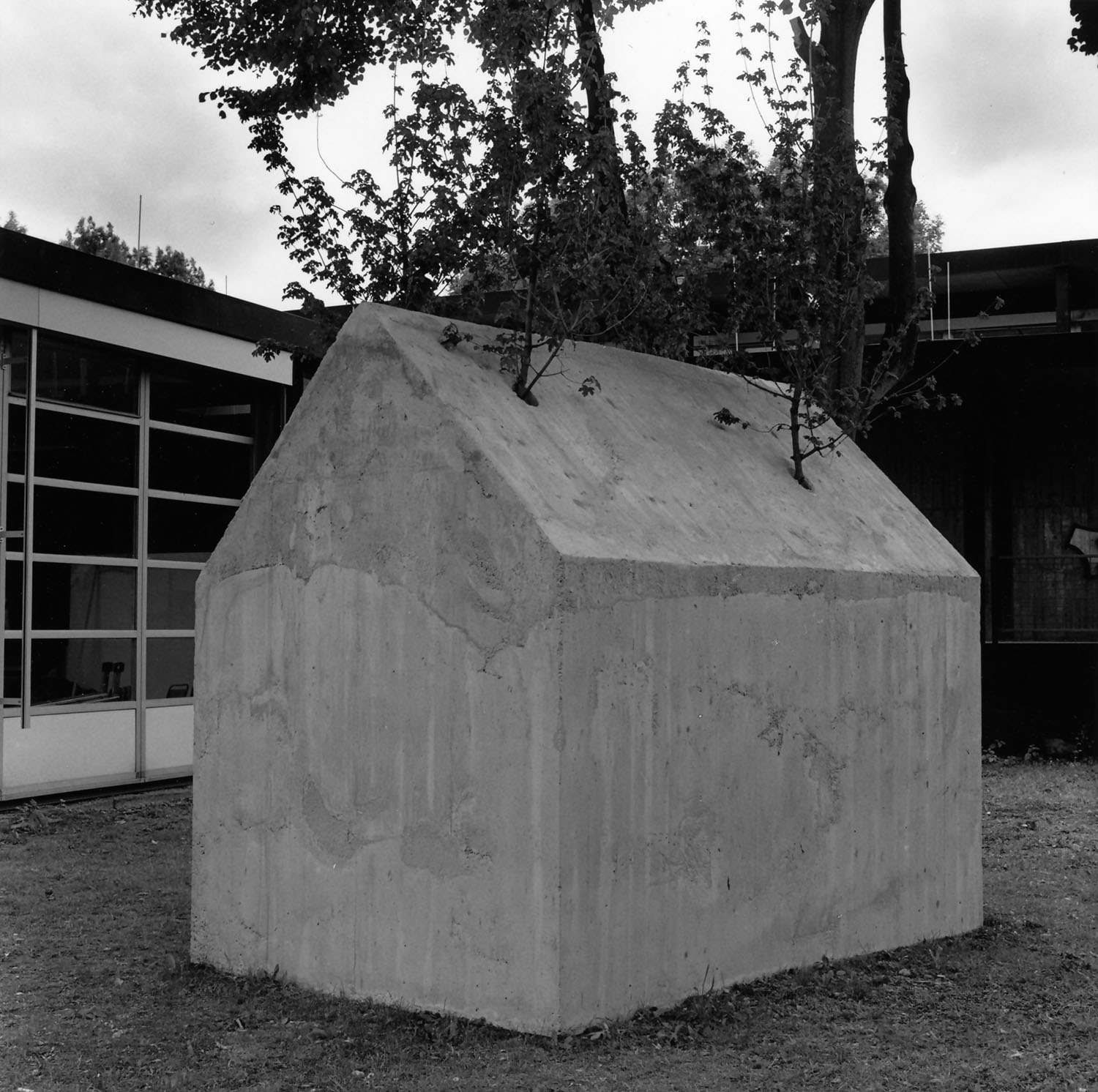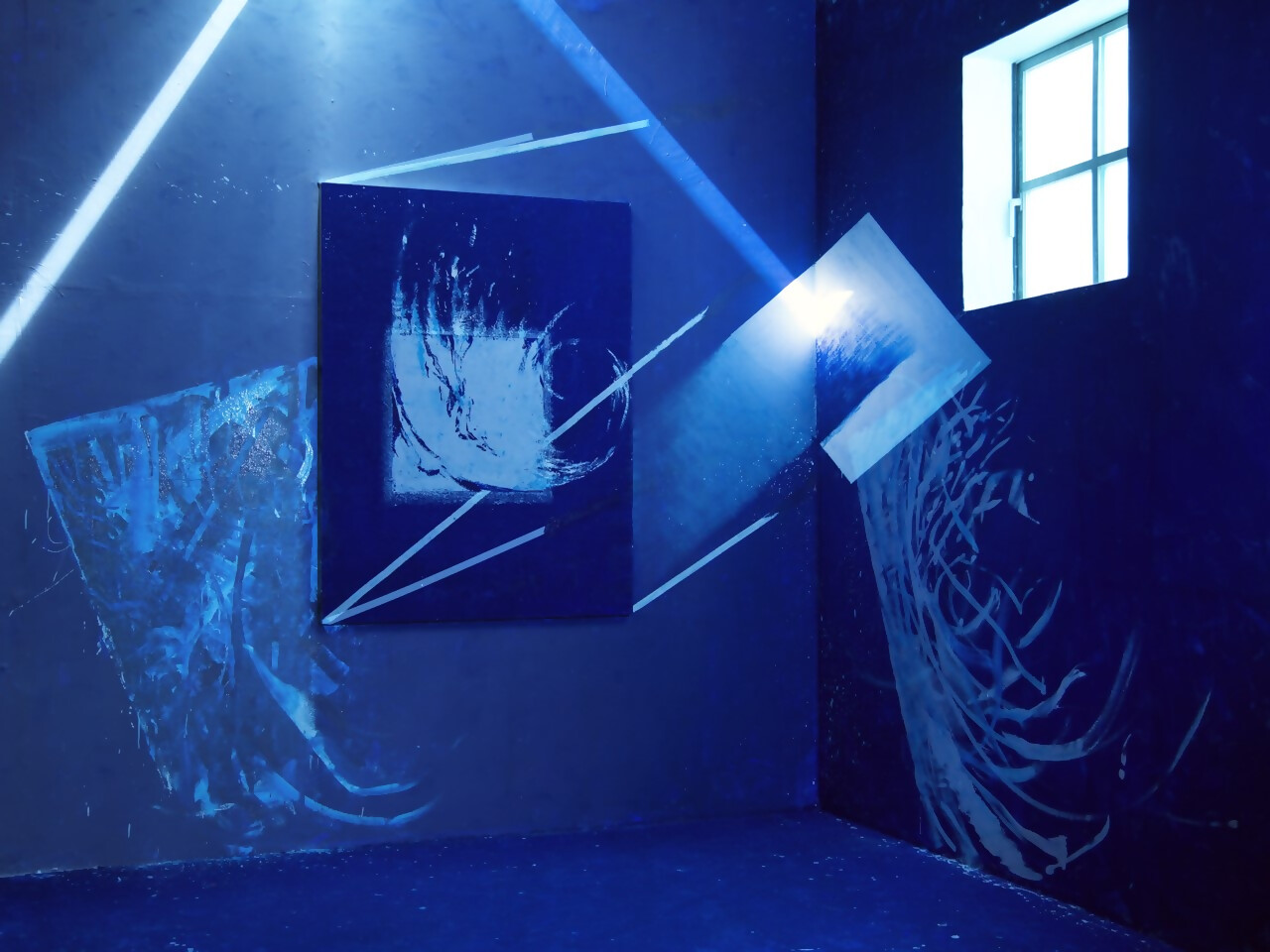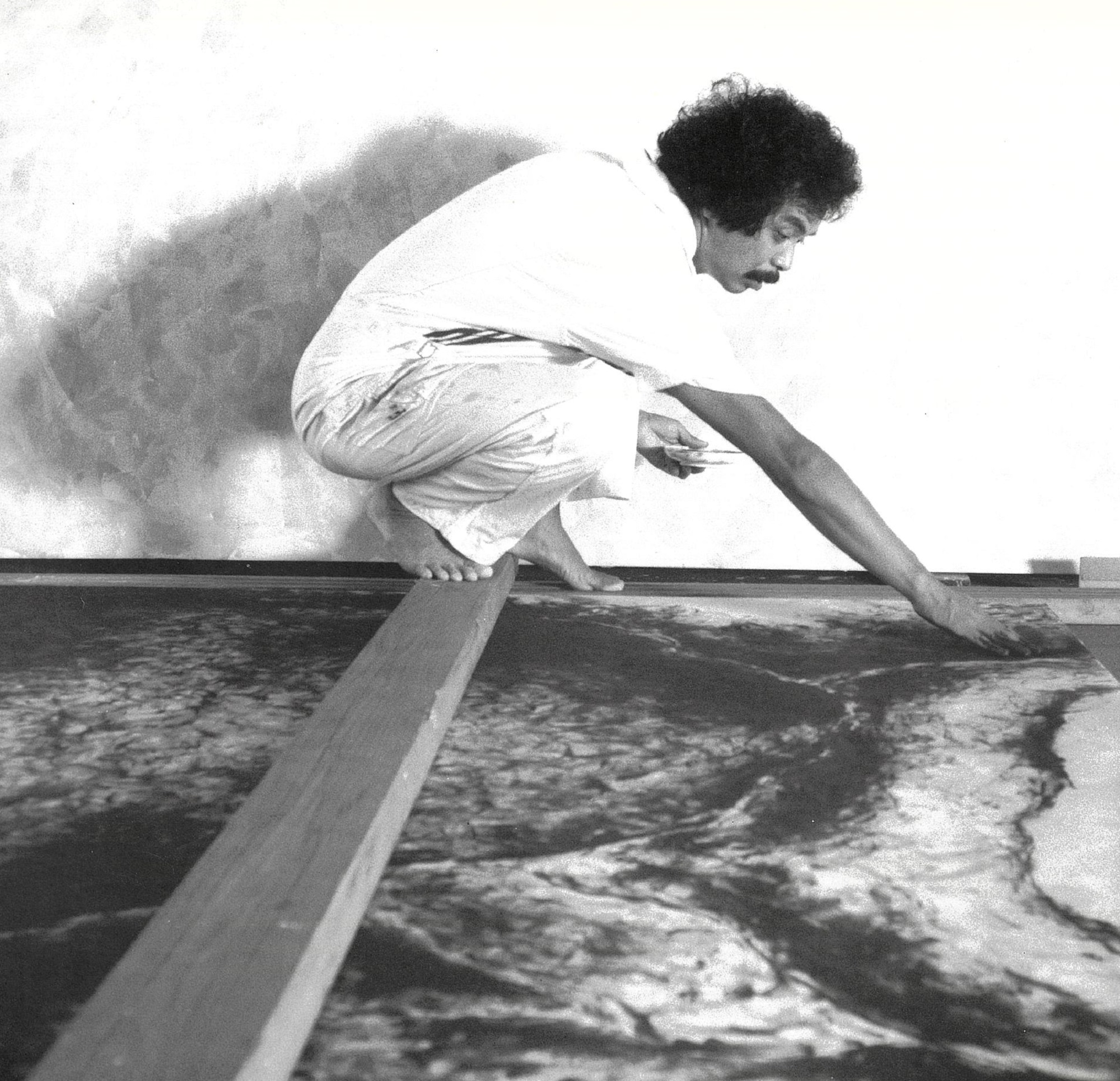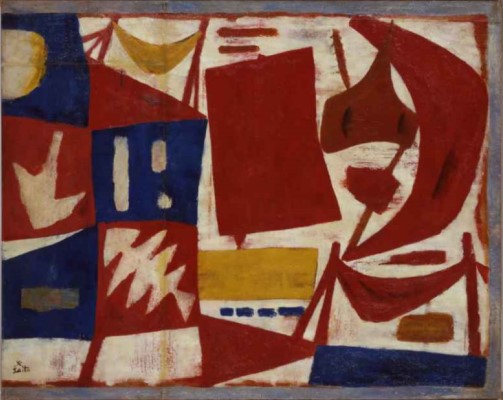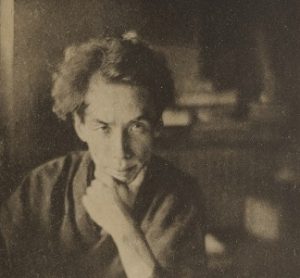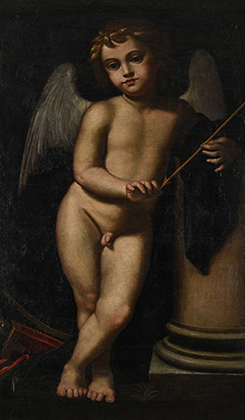Exhibitions
HAYAMA 2024
Takashi Kuribayashi: Roots
Kuribayashi Takashi (1968–), based in Indonesia and Japan, whose diverse media works, including drawings, installations, and video pieces, have been exhibited both in Japan and abroad under the theme of "boundaries". During our museum's renovation period when regular exhibition spaces are unavailable, this project will feature a new installation by the artist that connects the "inside and outside" of the museum.
Image: Betonhaus (Concrete House), 1997, GHK (University of Kassel), Kassel, Germany
Ishida Takashi
Between Tableau and Window
Ishida Takashi (1972-) has been internationally acclaimed since the 1990s for his video works created through his technique of continuously filming his own paintings. As a window into the art of time, his moving images show paintings in the process of being created and transformed, the qualitative changes in space caused by light and darkness, and the trajectory of the artist’s thoughts. After developing into installations composed of video, space, and three-dimensional elements, Ishida is now working on depicting space and time on a “still plane” by running his brush across canvas for the first time since his teenage years. This large-scale solo exhibition, his first since 2015, will reconsider Ishida Takashi’s works with representative and recent works, as well as his early works, including those never before exhibited.
Image: Ishida Takashi, Between Tableau and Window, 2018 © Ishida Takashi
Yoshida Katsuro
Touching Things, Landscapes, and the World
Yoshida Katsuro (1943–1999) began creating works by combining objects in 1969, and was one of the pioneers of the movement that came to be known as "Mono-ha" (School of Things). Subsequently, while exploring pictorial expression through experimental methods such as photo-etchings and transfer techniques, he gained attention for his “Shoku” (Touch) series, in which he created organic forms by rubbing powdered graphite with his fingers onto the canvas. This retrospective exhibition is the first to provide a comprehensive look at Yoshida Katsuro's work, introducing numerous materials such as his production notes.
Image: Yoshida Katsuro, 1989, Photo: Baba Naoki, ©The Estate of Katsuro Yoshida / Courtesy of Yumiko Chiba Associates
Saito Yoshishige as a Starting Point—Artists Intersecting with the World
From the Museum Collection
In conjunction with the Yoshida Katsuro exhibition, we will focus on the artist Saito Yoshishige (Ghiju) (1904–2001), under whom Yoshida Katsuro (1943–1999) studied at Tama Art University. Along with Saito's works, we will exhibit representative pieces by artists who interacted with Saito in the 1960s and went on to become active globally, such as Imai Toshimitsu (1928–2002), Sato Kei (1906–1978), and Domoto Hisao (1928–2013). Through materials from the Saito Yoshishige Archives held by our museum, we will also introduce Saito's activities as an excellent art teacher and trace the background that enabled young artists to make their leap onto the world stage with Saito as their starting point.
Image: Saito Yoshishige (Ghiju), Fishing Village, 1956, Museum collection
AKUTAGAWA Ryunosuke and His Aesthetics, Two Forerunners—NATSUME Soseki and SUGA Torao
Novelist Akutagawa Ryunosuke (1892–1927) is still admired by generations today. In his works and letters, Akutagawa often refers to art, and Natsume Soseki (1867–1916), whom he admired as a mentor, shared his interest in literature and art. Suga Torao (1864–1943), Akutagawa's German teacher at Ichiko High School, introduced the concepts of Zen to Soseki. By focusing on the relationship between Akutagawa, Soseki, and Suga, this exhibition presents the literary world of Akutagawa and his eye toward the world of aesthetics.
Image: The Complete Works of Akutagawa Ryunosuke, 1927, Shinchosha
Mokumo Sensei and Cupid: AOKI Shigeru Library
From the Museum Collection
Calling himself a bibliophile and a lover of smoking, art historian Aoki Shigeru (1932–2021), a.k.a. "Mokumo Sensei," was a leading researcher of the Late-Edo Western-style painter Takahashi Yuichi (1828–1894). His collection of books, "AOKI Shigeru Library," which was acquired by the museum over many years, now numbers 10,000 volumes. In addition to introducing valuable materials from the Meiji period from the "AOKI Shigeru Library," a major asset for future art history research, the exhibition will also feature the restored Cupid (artist unknown), a work formerly owned by Takahashi Yuichi and acquired in 2019, which was identified through Aoki's research, for the first time since its restoration.
Image: Cupid, Artist unknown, Museum collection


